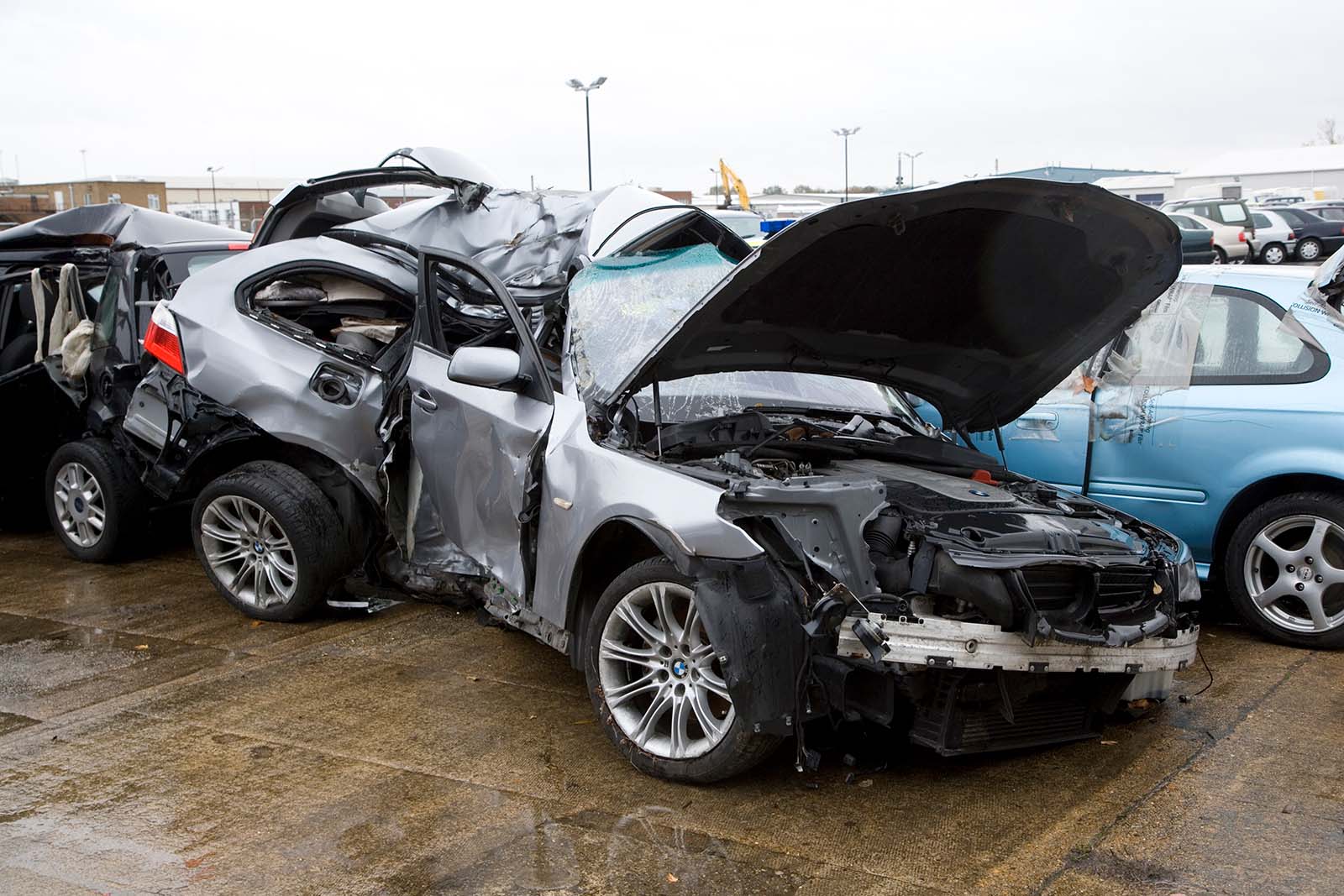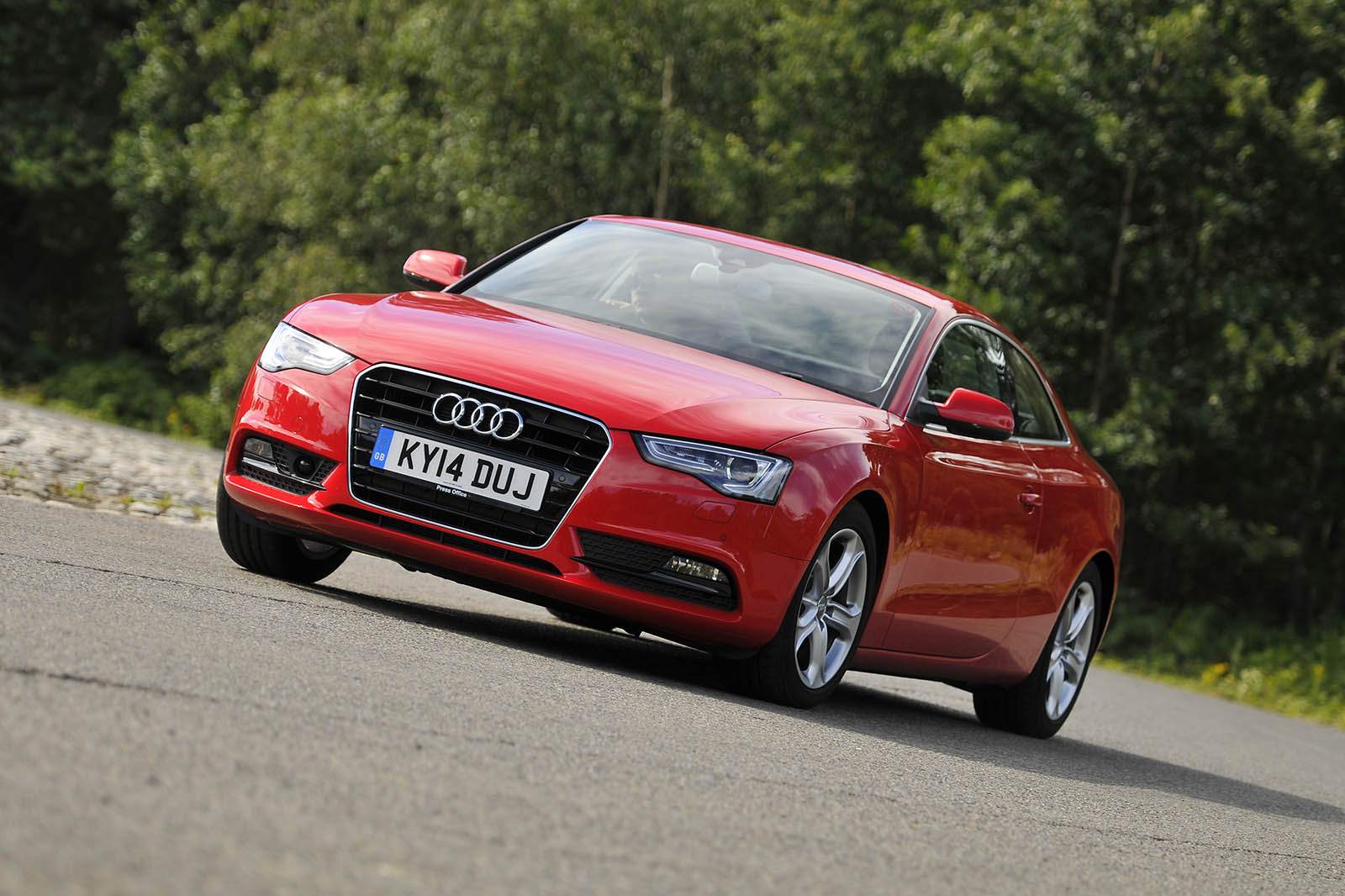Instead, the T-shaped battery and three motors of the Folgore take up the same space as the engine, driveline and fuel tank do in the four-wheel-drive Trofeo. It’s a similar set-up to the original Mini Electric, even if the battery is rather bigger: 83kWh of usable capacity. Then again, in this big, heavy car, that’s only enough for 260-278 miles on the WLTP test cycle, which looks a bit last-generation when there’s no shortage of 300-mile EVs. Maybe the Folgore shares more with that old Mini than its battery layout.
Hold on, says Maserati, because the Folgore has an 800V electrical system, which allows it to charge at speeds of up to 270kW – or a 20-80% charge in 18 minutes. That’s quick, certainly, but the Porsche Taycan still beats it on all counts: range, battery size, peak charging speed and 20-80% charging time.
All versions feature a structure that’s about 65% aluminium, but the petrol models feature different sills that reinstate some of the stiffness lost to the EV, which uses its centrally mounted battery as a stressed chassis component.
From this architecture hangs double-wishbone suspension at the front, a five-link axle at the rear and height-adjustable air springs. Those prove a useful addition when it comes to calibrating a set-up that’s required to cope with a chunky 465kg spread in kerb weight between EV and petrol. It’s a hefty 2260kg for the hard-top Folgore compared with 1795kg for the Trofeo. The GranCabrio Folgore and Trofeo add 80kg and 100kg, respectively.
Under the long bonnet of the Trofeo is that V6 from the Maserati MC20 supercar, complete with Formula 1-inspired combustion-chamber technology and fuel-saving cylinder deactivation. In addition to its 542bhp, in the Trofeo, it produces deep-chested 479lb ft of torque at a usefully low 3000rpm.
This is linked to a ZF eight-speed automatic gearbox and a four-wheel drive system that can shuffle 100% of the available torque to the rear wheels, divide it equally between the axles or anything in between.
There’s a trick torque-vectoring limited-slip differential at the rear, while the front diff is mounted just ahead of the engine, helping to keep the V6 low and between the axles, thus aiding the centre of gravity, the polar moment of inertia and the weight distribution, which is a commendable 52:48, front to rear.
While that sort of torque shuffling is impressive for a piston car, the Folgore goes one step forward. It has not two but three motors: one driving both front wheels through a differential, and one for each rear wheel. Each motor makes up to 402bhp, giving a theoretical maximum of over 1200bhp. But the battery isn’t up to that kind of power flow yet, so it’s limited (limited!) to 751bhp, up to 100% of that going to the rear and no more than 50% to the front.



